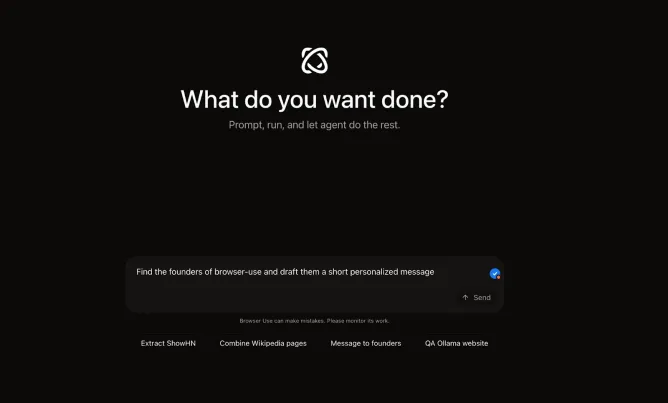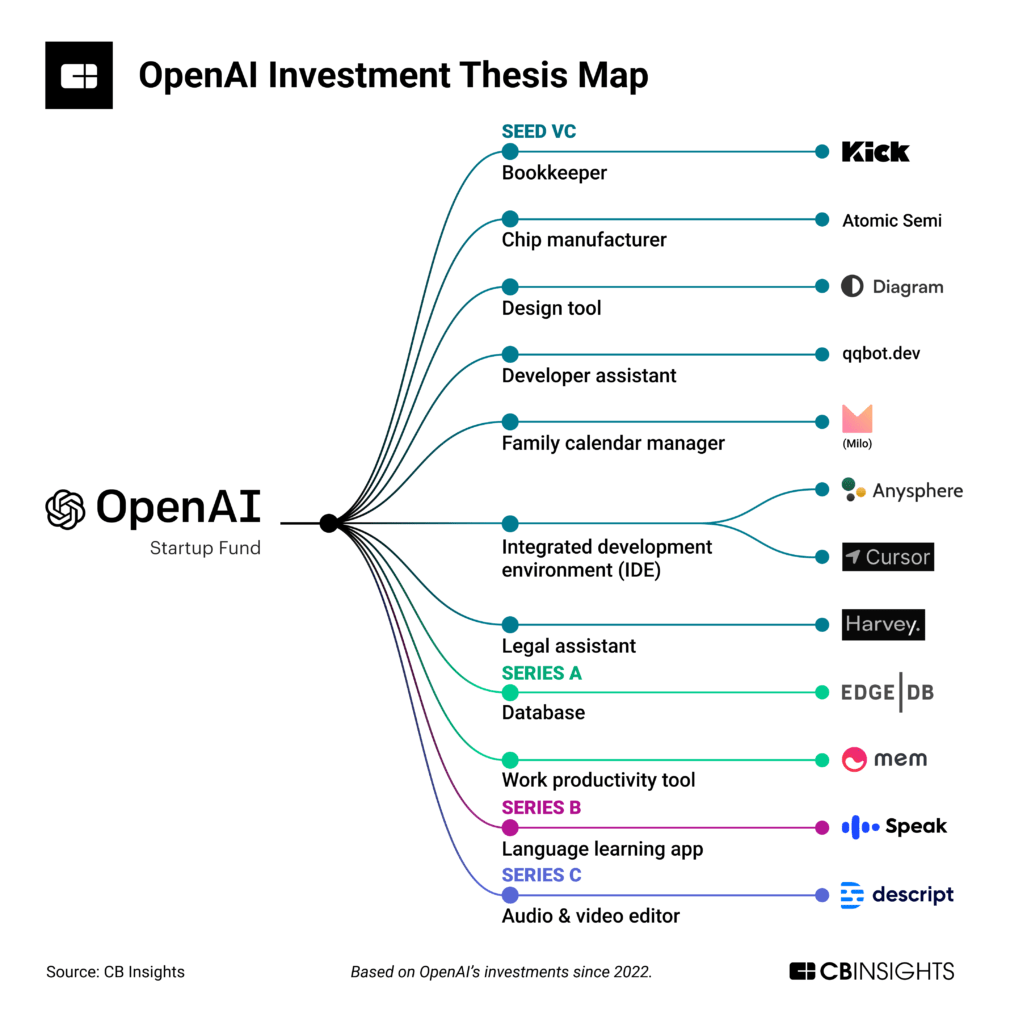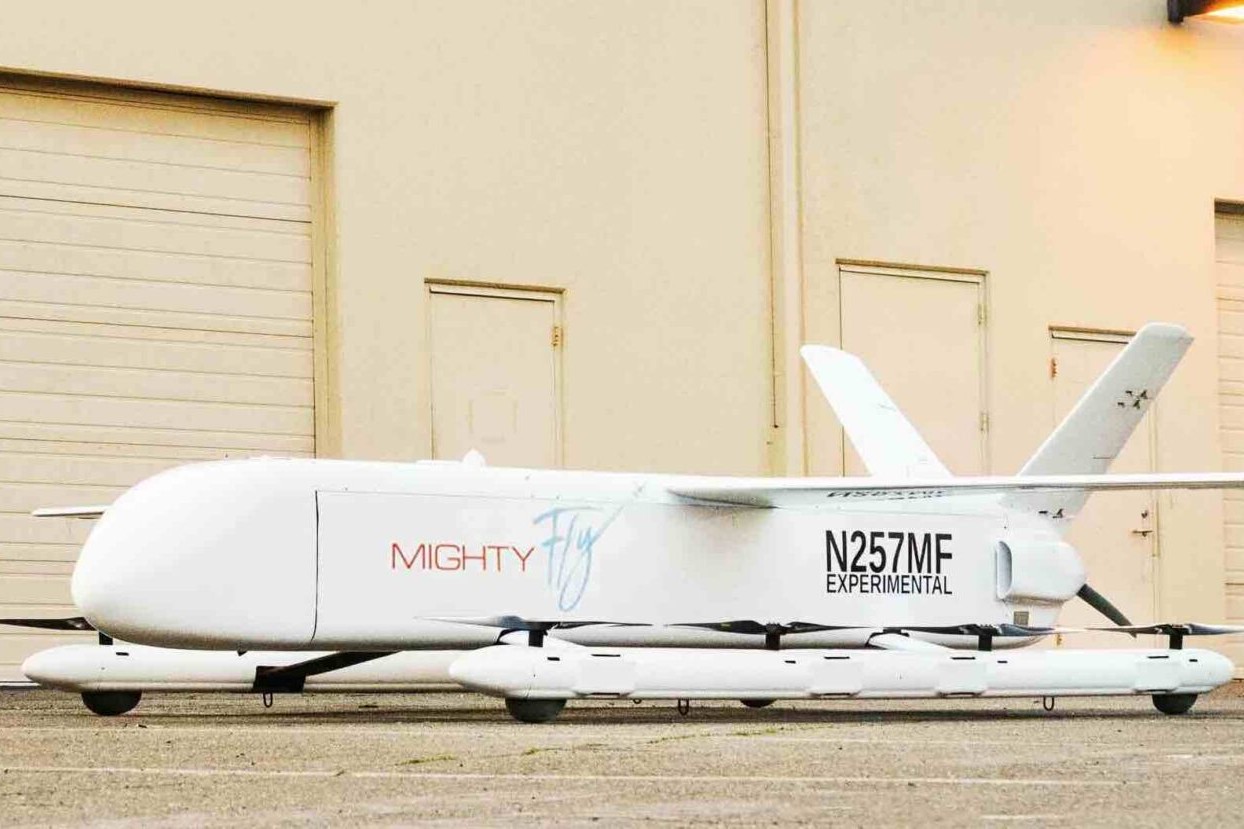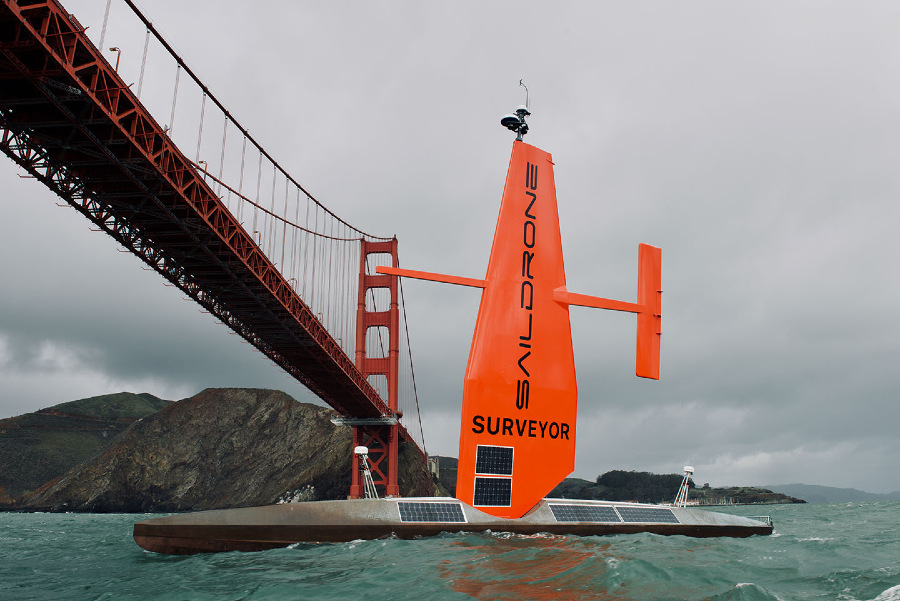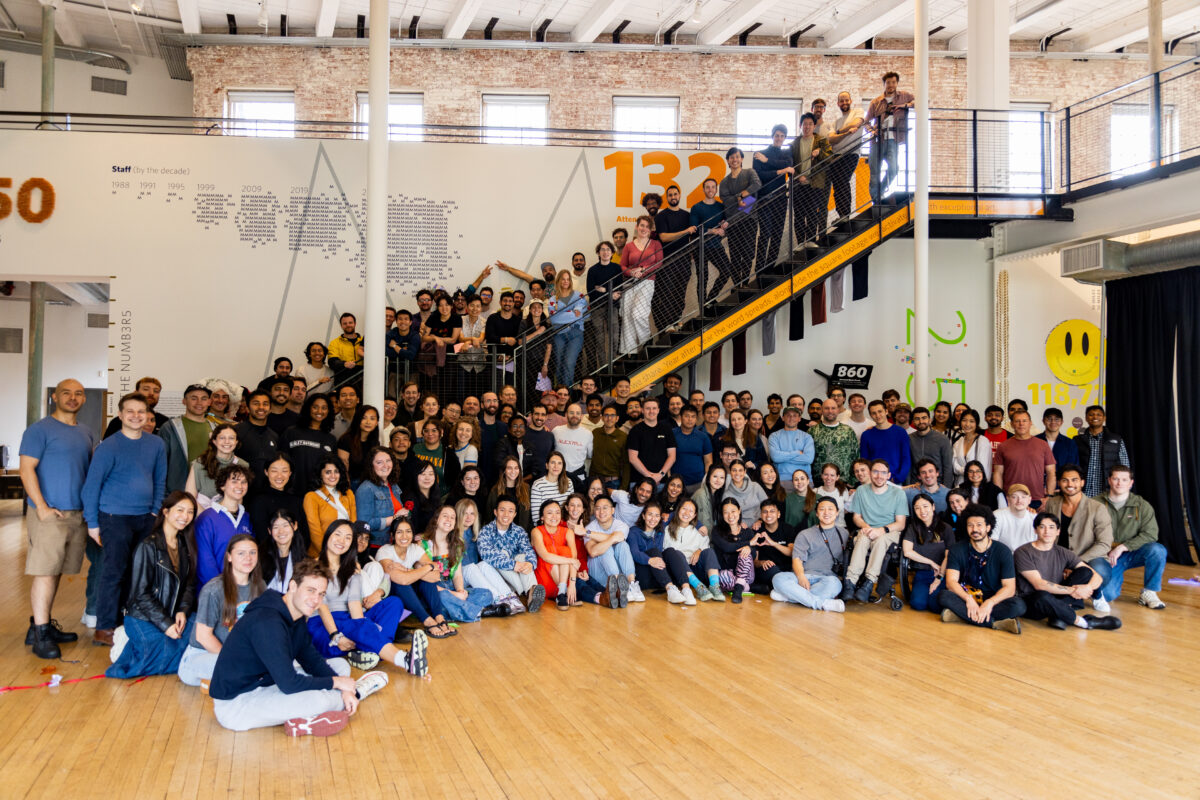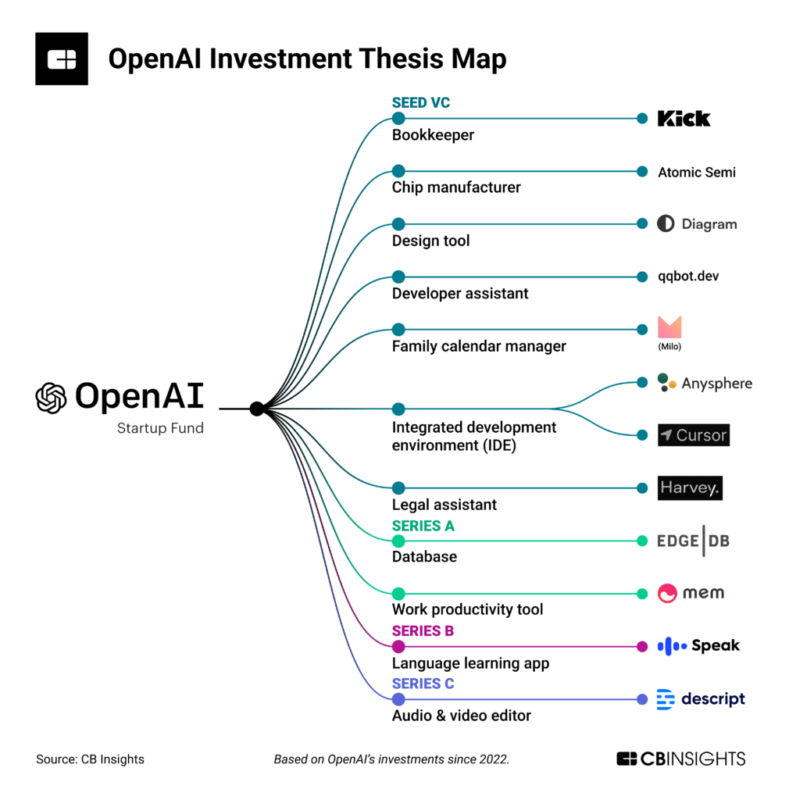AI-powered agents are poised to revolutionize online automation, yet many still struggle to interact seamlessly with websites. Enter Browser Use, a startup that has developed a solution to make websites more readable for AI agents—an innovation that has captured the attention of developers and investors alike.
The company recently raised a $17 million seed round led by Felicis’ Astasia Myers, with participation from Paul Graham, A Capital, and Nexus Venture Partners. Previously undisclosed, this funding marks a significant milestone for the startup, which was part of Y Combinator’s Winter 2025 batch.
Bridging the Gap Between AI Agents and the Web
Founded in 2024 by Magnus Müller and Gregor Zunic at ETH Zurich’s Student Project House accelerator, Browser Use emerged from a simple yet powerful idea: making web navigation more efficient for AI agents. Müller, an experienced web-scraping developer, met Zunic while both were pursuing master’s degrees in data science. Together, they devised a method to convert websites into structured, text-like formats that AI agents can better understand and interact with.
Instead of relying on vision-based navigation, where AI agents attempt to interpret website layouts through screenshots (often leading to errors when elements change), Browser Use breaks down webpages into structured components. This allows AI systems to interact with websites more reliably and at a lower cost.
“A lot of agents struggle with navigating websites that frequently change their design,” Müller explained. “By transforming sites into a format AI can process efficiently, we enable automation that is both scalable and cost-effective.”

Browser Use Team
Growing Adoption in the AI Ecosystem
The demand for AI-friendly web solutions is skyrocketing, and Browser Use is quickly gaining traction. Over 20 startups in the latest Y Combinator batch have already integrated its technology into their products. A prime example of its impact is Butterfly Effect’s Manus tool, which went viral and significantly boosted awareness of Browser Use’s capabilities.
As AI automation expands, companies are increasingly reaching out for help in making their websites more accessible to AI-driven agents. “Some businesses are asking us directly, ‘How can we make our site easier for AI to navigate?’” Müller said.
One major challenge is frequently changing websites, such as LinkedIn, where AI agents often struggle due to constant UI modifications. Browser Use’s solution aims to provide a stable framework, allowing agents to interact with dynamic sites more effectively.
Why Investors Are Betting on Browser Use
Felicis’ Astasia Myers sees web AI agents as a crucial step toward fully automated workflows. “We believe web AI agents represent the next major advancement in automation,” she said. “They act as a bridge between static, pre-trained models and the ever-changing digital landscape.”
Browser Use’s open-source-first approach was another key factor in attracting investment. By making its technology widely accessible, the company is positioning itself as a fundamental layer in the AI agent ecosystem.
As AI agents continue to evolve, the ability to seamlessly interact with the web will be essential. With fresh funding and a growing user base, Browser Use is well on its way to becoming a core player in this space.



